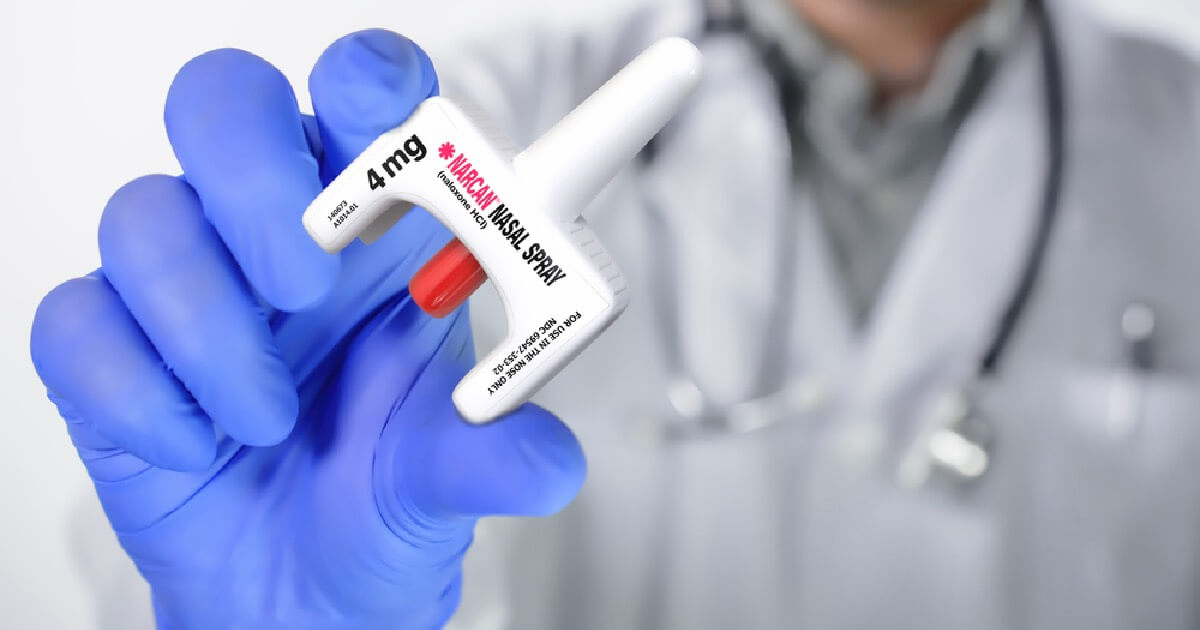The state of New York is seven years into a nationwide opioid public health emergency. In 2021, 25 New Yorkers per 100,000 died from opioid overdoses. No one is immune from this epidemic; it can happen to anyone regardless of where in New York they live, the education they have, or the money they make. Because fentanyl is found in our nation’s drug supply, illicit opioids are stronger, more powerful, and more addictive than ever before.
Here at Spearhead Health, we work with individuals who are seeking treatment for substance use and mental health problems. We recognize that everyone is different, and therefore, should be given a unique treatment plan. As a private consulting and care management company, we are not tied down to any one specific type of treatment. Instead, our team of behavioral healthcare professionals can guide you through the recovery process and put you in touch with the right services at the right time.
To ensure the safety of our clients and their families, we find that it’s important to educate them on how to identify the signs of an opioid overdose and how to administer the life-saving medication Narcan (naloxone).
What is Naloxone?
Naloxone is an opioid antagonist that can reverse the effects of opioids in just minutes. It binds to the same brain receptors that opioids bind to but without activating them. Instead, naloxone displaces opioids from the receptors, blocking the feel-good effects and quickly reversing symptoms like respiratory depression and sedation.
Where to Get Narcan in New York
Naloxone became legal to carry in New York in 2006. New Yorkers can get naloxone without a prescription at various community-based organizations and participating pharmacies (see below). When requesting a kit, ask for a FREE “Emergency Overdose Rescue Kit.” No insurance or ID is required.
- Contact a community-based program
- Visit a participating pharmacy
- Visit a public health vending machine
- Attend a virtual training with the Health Department and receive a kit by mail
- Call 311 and ask where you can get naloxone
You can also purchase naloxone over the counter and through your insurance.
Recognizing an Opioid Overdose
Opioid overdoses typically result from a combination of symptoms due to the drug’s effects on the brain and body. Respiratory distress is the most concerning symptom, as breathing can slow to dangerous levels, depriving the body of oxygen.
Here are some signs of a potential opioid overdose:
- Unconsciousness
- Slow or shallow breathing
- Pinpoint pupils
- Blue or purplish skin
- Cold, clammy skin
- Limp body
- Choking or gurgling sounds
- Vomiting
- Confusion or disorientation
Responding to an Opioid Overdose
If you suspect that someone is overdosing on opioids, call 911 right away. Let the dispatcher know where you are located. If you have naloxone available, administer it now.
- If using the spray, insert the nozzle into the person’s nostril and press the plunger to release the medication.
- If using the injection, inject the naloxone into the person’s muscle, such as the buttocks, thigh, or arm. Always follow the directions provided with the medication.
- If the person isn’t responsive after 2 to 3 minutes, administer another dose. Multiple doses are often necessary for potent opioids like fentanyl.
It’s also possible that you may have to perform rescue breathing if the person is not breathing, or their breathing is slow and shallow. To perform rescue breathing, tilt the head back and open the airway. Pinch the person’s nose shut and cover their mouth with yours to create a seal. Then, give 1 slow breath every 5 seconds and watch to see if their chest rises. If you are trained and there is no pulse, you can also give chest compressions after rescue breathing.
Remember, timing is everything in an overdose. The sooner you administer naloxone, the better chances the person has of surviving.
Breaking the Cycle of Opioid Misuse and Overdose
Spearhead Health is a private consulting and care management service. We will match you with the services you need to heal from an opioid use disorder. With the right support, anything is possible! Contact us today at 310-561-1704 to learn more about our highly individualized services, which include at-home detox, treatment placement, and recovery coaching.
